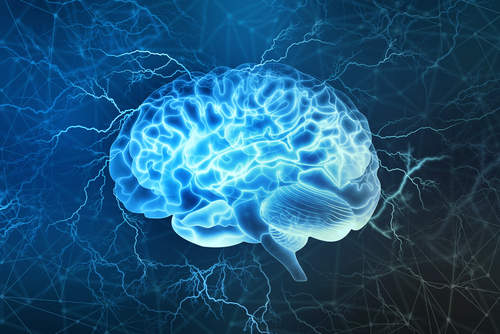Gaucher Type 1 Children Have White Matter Changes in Brain Before Symptoms Appear, Study Shows

Children with type 1 Gaucher disease have deterioration of white matter in their brains before they show any clinical symptoms, researchers at China’s Capital Medical University found.
According to the study, “Brain white matter microstructural alterations in children of type I Gaucher disease characterized with diffusion tensor MR imaging,” published in the European Journal of Radiology, these changes affect specific brain regions, including the ones responsible for motor control, visual perception, and cognition.
The brain is composed of gray and white matter, the latter consisting of nerve cell projections, known as axons or fibers, that connect distinct parts of gray matter. These fibers’ condition influences the way the brain processes information.
To date, few brain imaging studies have been done in patients with type 1 Gaucher disease.
Nonetheless, previous neuroimaging research did reveal dispersed small, diffuse alterations in white matter brain regions when examining the whole brain of patients with type 1 Gaucher disease, in comparison with healthy volunteers.
“Despite this preliminary finding, it remains unclear whether specific structural changes occur in the brain of patients with type I GD [Gaucher disease],” the researchers wrote.
Scientists believe that Gaucher type 1 children would show white matter microstructural changes even before the onset of clinical symptoms. Whether this theory is true or if there’s a correlation between disease duration and white matter changes is not yet known.
To test this hypothesis, 22 children with type 1 Gaucher disease and 22 age-matched controls were recruited at Beijing Children’s Hospital.
Participants underwent a brain scan known as diffusion tensor imaging (DTI), which “is a noninvasive neuroimaging technique widely used in a variety of studies to quantify white matter (WM) microstructural properties and virtually reconstruct WM pathways in the living brain,” the team said.
Atlas-based brain analysis of the Gaucher group showed significant changes in areas related to both the relaying of sensory information to the brain and the motor response associated with these electrical messages.
In children with Gaucher type I, some of the affected brain regions included the superior cerebellar peduncle, the middle cerebellar peduncle, the right posterior corona radiata, the right superior corona radiata, and right superior longitudinal fasciculus. These are involved in coordinating motor functions, attention, memory, and language.
Importantly, disease duration was positively correlated with the modifications observed in various white matter regions.
“This study identified microstructural alterations in multiple WM tracts in patients with type I GD before obvious symptoms,” the investigators concluded. “The findings suggested that the physician should reinforce the monitoring of early neurological and cognitive symptoms in patients with type I GD during the follow-up.”
“DTI analysis could be a potential imaging marker to monitor changes in the brain of patients with type I GD,” they said.



